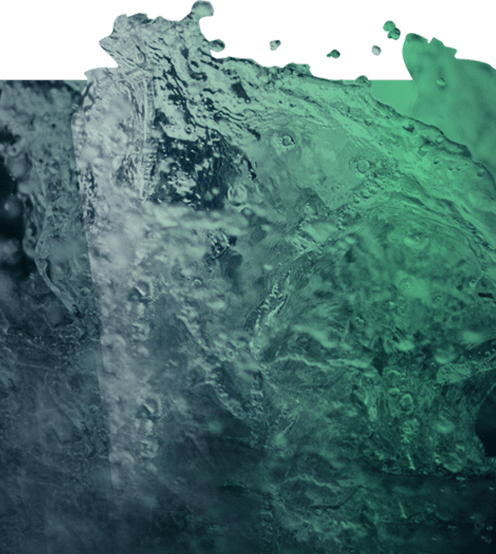JB Hyperspectral Devices is not only manufacturing RoX and FloX products. Thanks to the close contact with research centers, universities and space agencies the company is facing daily the scientific challenge of researchers offering them continuous support for new technology integration in a wide range of applications: vegetation, water quality and snow optical properties monitoring are the main research fields covered so far. We are very open to listen to your request for new fields of science.
The project is funded by European Space Agency and aims at the technical Assistance for the Development of Ground-based Instruments for Long term measurements of Red and Far-red Sun Induced chlorophyll Fluorescence.
The project is funded by European Space Agency and aims at the deployment data collection and analysis of the hyperspectral data collected by FloX systems.
The project is funded by European Commission within the H2020-MSCA framework and aims at the joint analysis of Carbonyl sulfide and sun-induced fluorescence for a better understanding of terrestrial carbon cycling.
The project is funded by European Commission within the H2020-MSCA framework and aims at the Remotely Sensed estimation of the Photosynthetic Energy balance.
The project is supported by the German mFUND, BMVI research funding. Within mDRONES4Rivers, the 4 partners GEOCOPTIX, the ministry for water bodies bfg, the University of Koblenz team up with JB Hyperspectral Devices to enable new ways of remote sensing of water streets, pairing manned Gyrocopters, unmanned drones and ground based spectral surveys.
It is well known that optical proximal sensing data allow the monitoring of the temporal and spatial variability of vegetation biochemical and biophysical properties under natural conditions.
Vegetation optical properties can be used to derive information about the phenological and the physiological status of the plants. In a remote sensing perpsective optical vegetation indices are a very welcome tool to interprete time series of vegetation monitoring and are useful to compare against spatial satellite or airborne data, representing the ground truth usefull for calibration and validation activities.
Monitoring vegetation dynamics represents a fundamental practice to evaluate the response of the vegetation to environmental changes. It is well known that optical proximal sensing data allow the monitoring of the temporal and spatial variability of vegetation biochemical and biophysical properties under natural conditions.
Since photochemistry leading to photosynthesis, fluorescence and thermal dissipation are in competition, the knowledge of any of them may provide valuable information on the others.
This relationship has enabled plant physiologists to use active fluorescence measurements as a diagnostic tool to assess the vitality of the photosynthetic apparatus at leaf level.
On the contrary, the measurement of solar-induced fluorescence is a completely non-invasive technique that can be performed remotely and therefore is of major interest for precision farming, forest management and assessment of the terrestrial carbon budget. Passive measurement of fluorescence requires decoupling of the two contributions that compose the signal measured by a spectrometer observing a fluorescent target under solar illumination: reflected solar flux and emitted fluorescence and therefore still challenging within the scientific community. Nevertheless it is an high topic in the scientific community in fact the space mission FLEX (fluorescence explorer) selected by the European Space Agency and expected to be launched for 2022. The goal of the mission is a global mapping from space of this natural red glow.
Mineral dust, organic matter, black carbon are typical impurities which can be found on the snowy layer even in remote areas.
This particulate matter acts like a blackbody absorbing radiation and influencing surface melting processes. Scientists studying the cryosphere are interested in understanding how very small variations in the amount of reflected/absorbed radiation can affect the hydrological cycle and the energy balance of snow and ice, having this a significant role in the global climate system. Within this context the observation of optical properties (as the spectral albedo) is fundamental for parameterizing dynamic models and to estimate the dimension of snow crystals and the concentration of impurities.
Water body quality monitorig has been recognized as an important action from international policies. If the substances which are responsible for the degradation of water quality have an optical response, different from the water, they can be detected by optical sensors and optical spectrometers. Published scientific studies identified several parameters detectable by spectral information such as green algal booms, suspended matter, dissolved organic matter, water transparency and cyanobacteria. The use of automatic field instruments is therefore helping in providing a continuous and long-terms information about lakes, rivers and sea.



